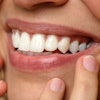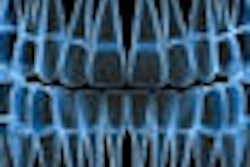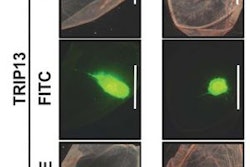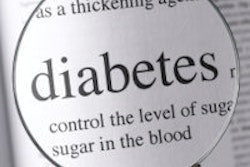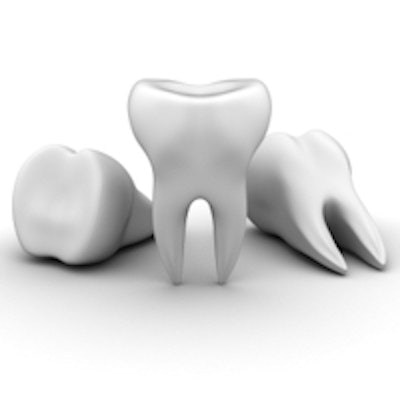
Trace amounts of lead in modern and historic human teeth can give clues about where an individual came from, according to a new study in Science of the Total Environment (August 2014, Vol. 490:15, pp. 861-870). The discovery by University of Florida researchers could help police solve cold cases by helping identify where and from what time period a body is from.
For instance, testing the lead in the teeth of an unidentified, decomposed body could help focus the investigation on a certain geographic area. That way, law enforcement can avoid searching for missing persons in the wrong places.
 George Kamenov, PhD. Image courtesy of the University of Florida.
George Kamenov, PhD. Image courtesy of the University of Florida."We can use this pollution signal to figure out where these people came from," geology researcher George Kamenov, PhD, explained in a statement about the study.
Lead is composed of four variants, known as isotopes. The amount of those isotopes fluctuates in different rocks, soils, and ores, and, therefore, differ depending on the region they are from. Lead is released into the environment by mining and other pollution-causing activities, then accumulates in children's bodies from the inhalation and ingestion of dust and soil.
Tooth enamel, which develops during childhood, locks in the lead signals and preserves them.
"When you grow up, you record the signal of the local environment," Kamenov said. "If you move somewhere else, your isotope will be distinct from the local population."
The differences don't end at the regional stage. Within the mouth, different teeth can reveal different information.
“We can use this pollution signal to figure out where these people came from.”
As first-molar enamel is finished forming by age 3, it provides information about birth and toddler years. Insight into the early childhood is provided by the incisor and canine enamel, which develops later and finishes around age 5. Later childhood locales are shown by enamel of the third molar, which does not begin to form until age 8.
The time period a body is from can also be revealed by lead analysis. The study discovered that modern and historical teeth have different signals. What this means is that the natural composition of lead has changed over the past 100 years or so because of mining and the use of leaded gasoline.
Using that information, archaeologists can identify early European bodies in New World areas.
"You can go back in time, look at archaeological sites and try to reconstruct human migration," Kamenov noted.
However, the authors found that while available data for areas such as South America overlap with those from Europe, American teeth can be identified anywhere due to usage of ores with distinct isotope signals in the U.S. Teeth from the U.S. show the most radiogenic lead, and Australian teeth show the least radiogenic lead, a result of different ores used in the regions, they noted. Modern forensic tools can, to some extent, tell the difference between someone from Eastern Europe and someone from Western and Northern Europe, they added.
"What's in the environment goes into your body," Kamenov said.



